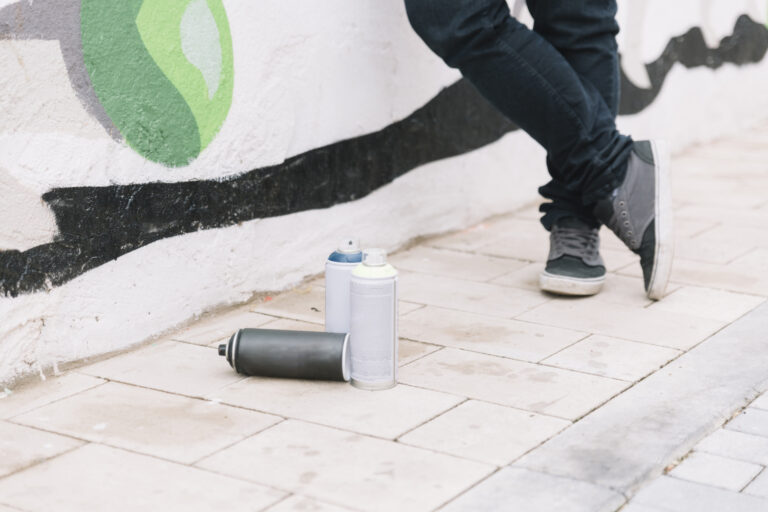Adhesives: types, properties and ideal bond
From the humble glue stick to the high-tech epoxy that holds airplanes together, adhesives are the unsung heroes of our everyday world. These sticky wonders hold our furniture together, keep our shoes on our feet, and even make those life-saving bandages stick. But with so many different types available, choosing the right one can be a daunting task.
Sticky Symphony: Understanding Types of Adhesives
Adhesives can be broadly classified into two main groups: natural and synthetic. We use natural glues, such as animal glues and starches for centuries but often lack the strength and versatility of their synthetic counterparts. Synthetic glues, made from a variety of polymers and resins, dominate the market today.
Here are some of the most common types of synthetic adhesives:
Thermosetting types: These glues form a permanent bond through chemical reactions during curing. They provide excellent strength, heat and chemical resistance, making them ideal for structural applications such as aircraft and boat construction. Epoxy and polyurethane glues are common examples.
Thermoplastic types: These types soften when heated and harden again when cooled. They are less strong than thermoset adhesives but offer the advantage of being re-soluble and repositionable. Hot melt types, used in glue guns, are a common example.
Pressure sensitive types (PSAs): These types form a bond with light pressure and can be easily removed. They are used in tapes, labels and labels.
Contact types: These glues require both surfaces to be coated and dried before pressing them together. They provide high initial strength and are good for bonding various materials.
Beyond the Basics: Features That Matter
Choosing the right adhesive goes beyond just type. Several key characteristics affect how well an adhesive performs:
Bond Strength: This is the most important property, as it determines how much weight or pressure a type of glue can withstand before it fails.
Viscosity: This determines the ease of application and the thickness of the adhesive layer.
Setting time: This is the time it takes for the adhesive to reach its full strength.
Temperature resistance: Some adhesives can withstand high temperatures, while others will soften or degrade.
Chemical resistance: Some adhesives are resistant to solvents, oils and other chemicals.
Flexibility: This is important for applications where the bonded materials may move or vibrate.
Finding the perfect match: Choosing the right adhesive.
With so many factors to consider, choosing the right adhesive can be stressful. But don’t be afraid! By understanding the types, properties and intended use, you can navigate the world of glues with confidence. Here are some tips:
Determine the materials you are bonding: Different materials require different types of adhesives.
Consider bond strength and flexibility requirements.
Consider the application environment: Will the bond be exposed to heat, chemicals, or moisture?
Read the product label carefully: it will provide detailed information about the properties of the adhesive and recommended uses.
By following these tips and understanding the wonderful world of adhesives, you can make sure your next project sticks together perfectly. So, next time you use a glue stick, remember the amazing science and engineering behind those little drops of adhesion. They may be small, but they have the power to build, repair and create in ways we can only imagine.
To order adhesives, go to www.whitesand.sa






